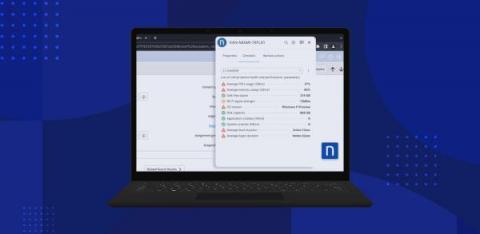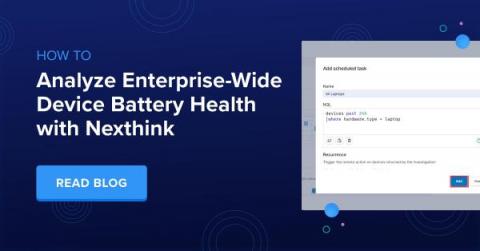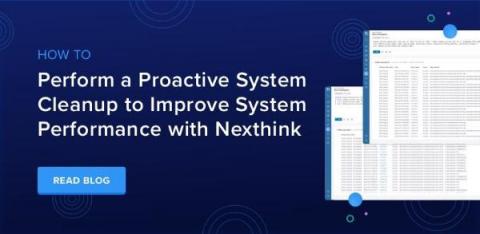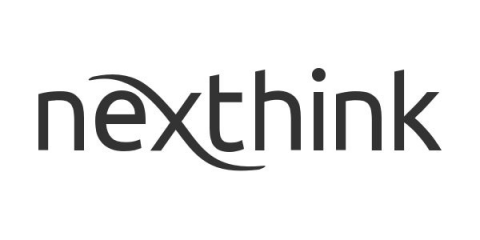US Hospital Saves $1.7M through Onsite Ticket Reduction
In any hospital, IT tickets raised by doctors and nurses are critical because every IT issue they face takes time and energy away from the delivery of care. The longer it takes to resolve a ticket from clinical staff, the greater the potential negative impact that issue can have on patient experience. Yet even with significant investment in support resources, doctors and nurses may still feel their technology issues are not resolved fast enough.











